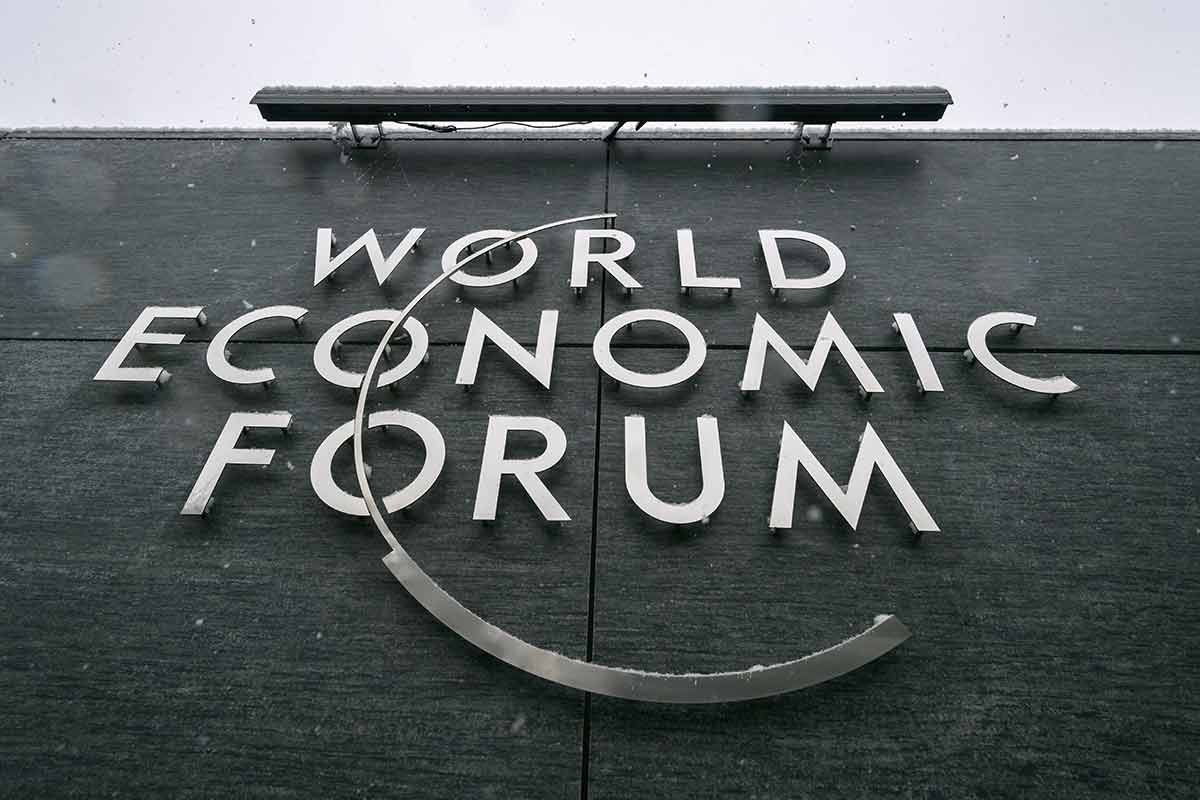From 2007 to 2014, trade by ASEAN nations grew by a value of nearly US$1 trillion to a total of US$2.5 trillion. A quarter (24 percent) of ASEAN’s total trade was within the region, followed by trade with China (14 percent), Europe (10 percent), Japan (nine percent) and the United States (US) (eight percent). During the same period, foreign direct investment (FDI) rose from US$85 billion to US$136 billion.
Initiatives such as the ASEAN Economic Community (AEC) and the highly anticipated signing of the Regional Comprehensive Economic Partnership (RCEP) in November demonstrate ASEAN’s commitment to regional and global business. Efforts are paying off: today the region commands a combined gross domestic product (GDP) of about US$2.4 trillion; GDP per capita increased 63.2 percent from 2007 to 2015. If it were a single country, ASEAN would be among the top 10 economic powers in the world.
A crucial role to play
Small and medium-sized enterprises (SMEs) in ASEAN account for more than 50 percent of a country’s GDP and up to 30 percent of its exports, according to a report from the United Overseas Bank, Dun & Bradstreet and EY that focused on the six largest ASEAN countries: Indonesia, Malaysia, the Philippines, Singapore, Thailand and Vietnam. SMEs are often the largest source of local employment across all economic sectors. In Thailand and Vietnam, for example, SMEs account for nearly 99 percent of all registered businesses and employ more than 70 percent of the workforce.
The future success of ASEAN’s SMEs, and to an extent the success of the region, will depend on the ability of these businesses to deepen their participation in global trade. SMEs expect revenues from North and South Asia to increase, and those from the Americas and Europe, the Middle East and Africa (EMEA) to double, by 2020. This reflects an appetite for international growth among SMEs more globally. In a recent study by Shipa Freight, an online forwarding platform which enables businesses to quote, book, pay and track freight online, examined the trade patterns and barriers of SMEs, and found that 89 percent expect their exporting revenues to increase in the next three years while 71 percent are concentrating on international growth over their home markets. However, roadblocks to international trade remain with 42 percent of SMEs saying that the costs of shipping abroad are too high, or they do not have an accurate picture of costs; and 40 percent find it difficult to understand documentation requirements.
Breaking down barriers
Fortunately, the technological innovation of the Fourth Industrial Revolution (4IR) is enabling SMEs, both globally and across ASEAN, to break through these barriers. What’s more, they’re embracing this pace of change: 86 percent of SMEs recognise that technology is “levelling the playing field” for them to operate globally.
Technology is transforming the logistics industry and easing the process of doing business overseas for SMEs. Logistics providers now offer online freight forwarding platforms for SMEs, that remove the challenges of exporting abroad by providing instant quotes, ensuring full cost transparency and compliance, and enabling SMEs to keep a secure digitised record of all paperwork.
Digital innovations are providing cost-effective answers to the first and last miles in logistics, enabling SMEs to be more competitive when it comes to customer service. Drones are operating in warehouses. AI (artificial intelligence) is automating processes and improving route planning, resource allocation, scheduling and condition monitoring. The gig economy, through platforms like Amazon’s Flex, is driving greater utilisation of existing vehicles, infrastructure and storage facilities when it comes to delivery.
A number of other technologies are also being piloted by the sector, such as autonomous vehicles for deliveries, and the secure, distributed-ledger innovation known as blockchain, which has the potential to transform decentralised supply chain functions.
E-commerce is another 4IR technology opening up international trade for SMEs. It gives SMEs the ability to offer products and services online and enables them to reach a global consumer base. For SMEs to take full advantage of this trend, it will be crucial for governments to ensure that the high-quality internet infrastructure they require is in place. Although e-commerce remains relatively underdeveloped in ASEAN today, accounting for less than one percent of total retail sales, this will soon change as internet penetration spreads and ASEAN’s “consuming class,” some 67 million households, continues to grow and nearly doubles to 125 million by 2025.
With 4IR technologies developing apace, the process of doing business overseas will only continue to ease for SMEs across ASEAN. Given the contribution these businesses make to the economies of the member states they belong to, and the region as a whole, this is an extremely positive, and important, development.
Toby Edwards is the CEO of Shipa Freight, the new online platform powered by Agility that makes it easy to get air and ocean freight quotes, book, pay and track your shipments online.
This article is presented by The ASEAN Post in collaboration with the World Economic Forum.
